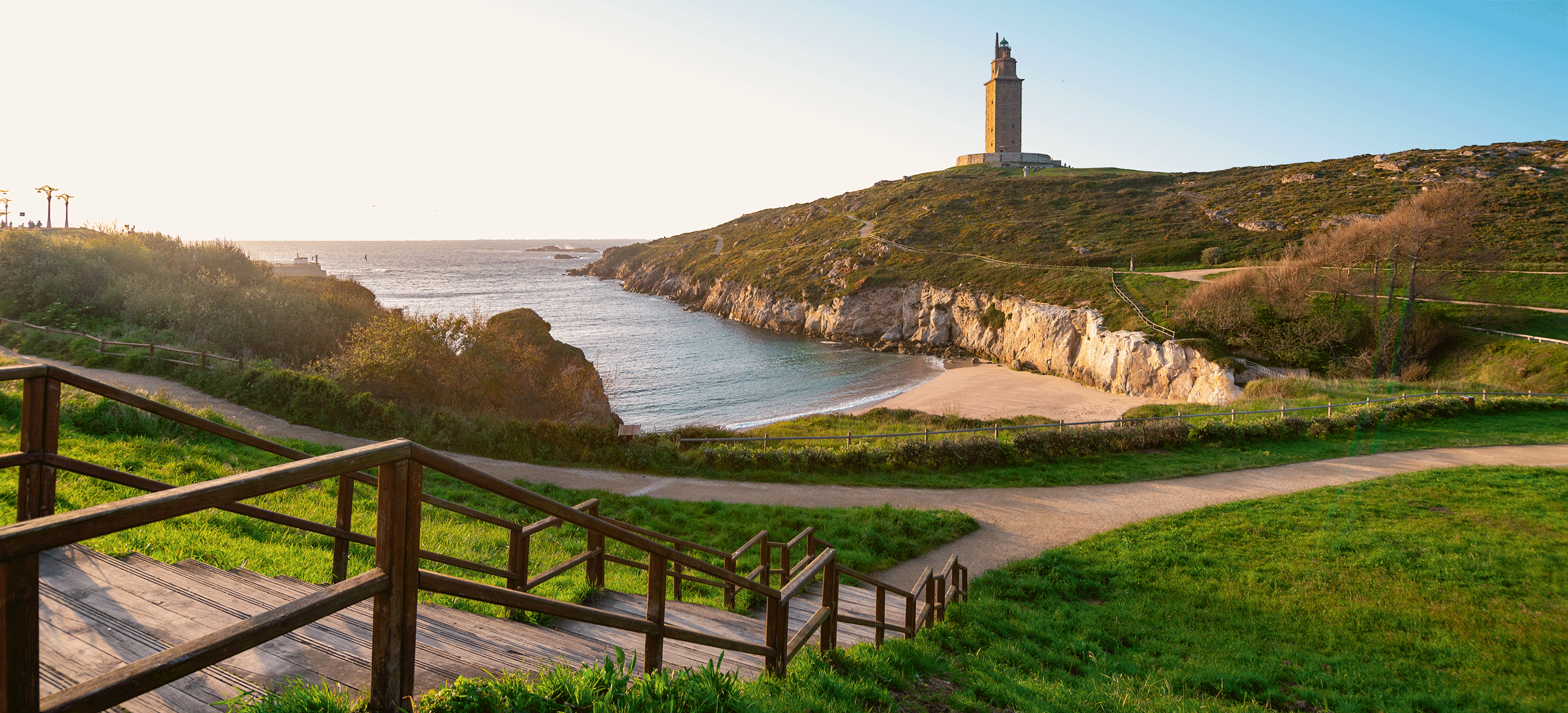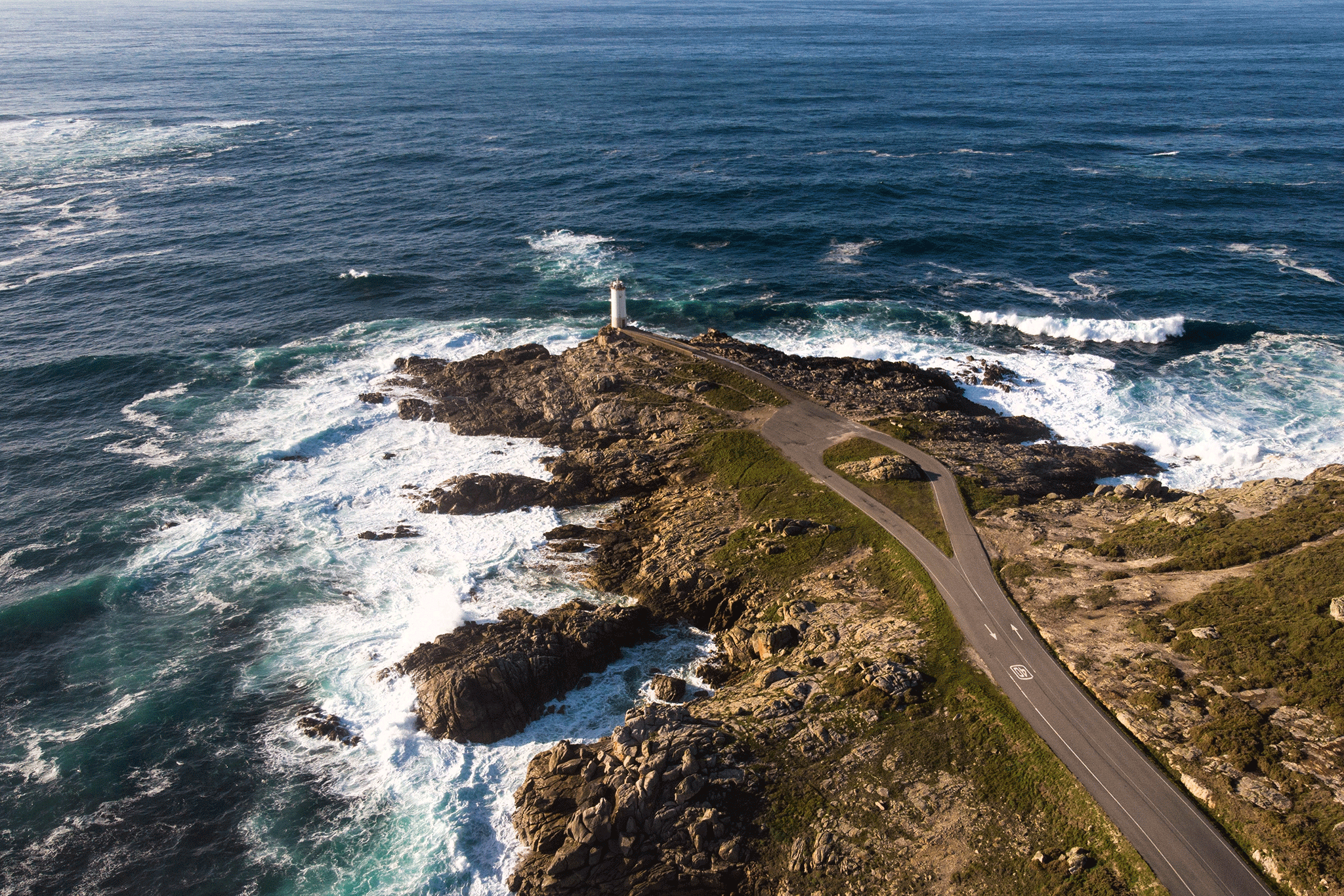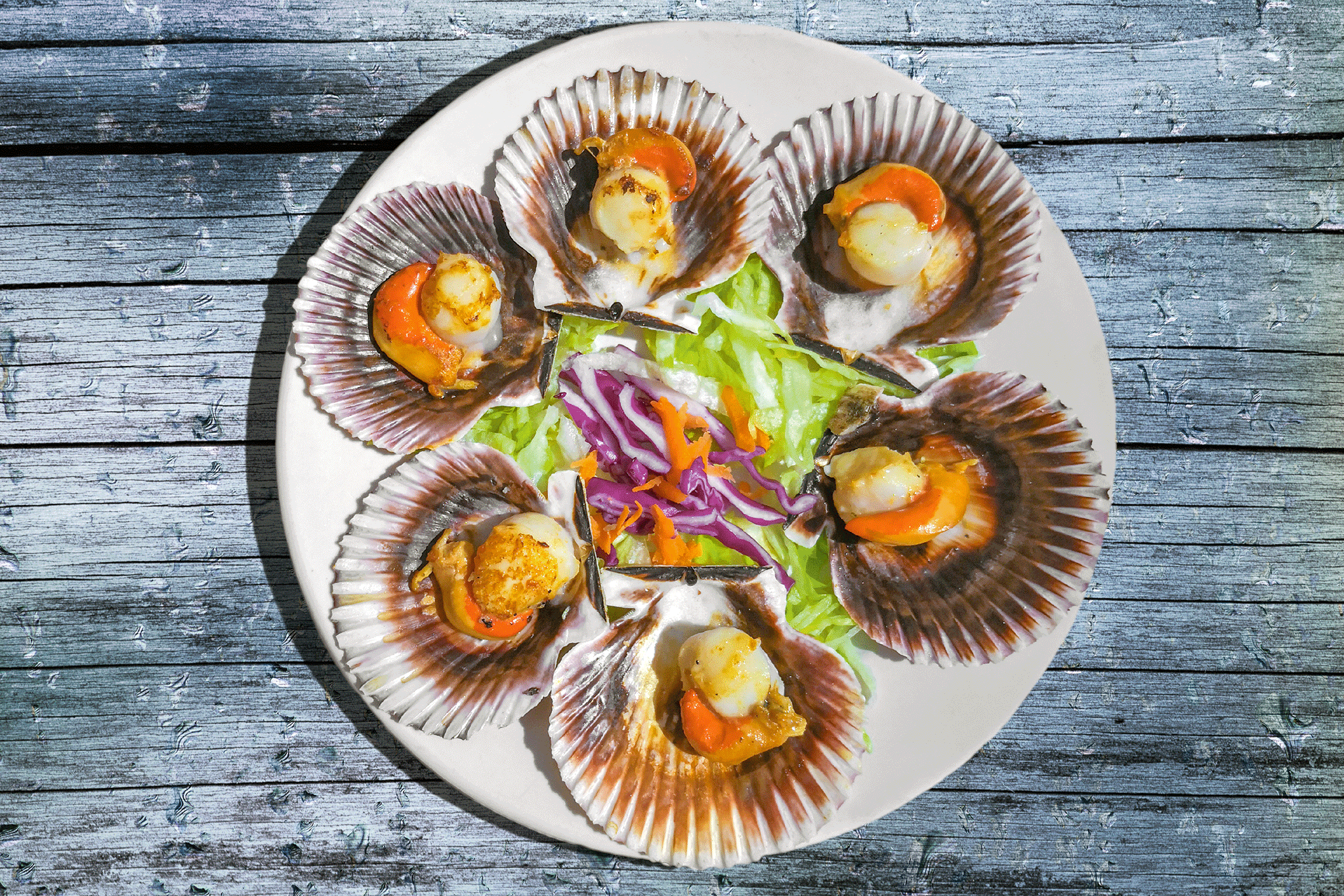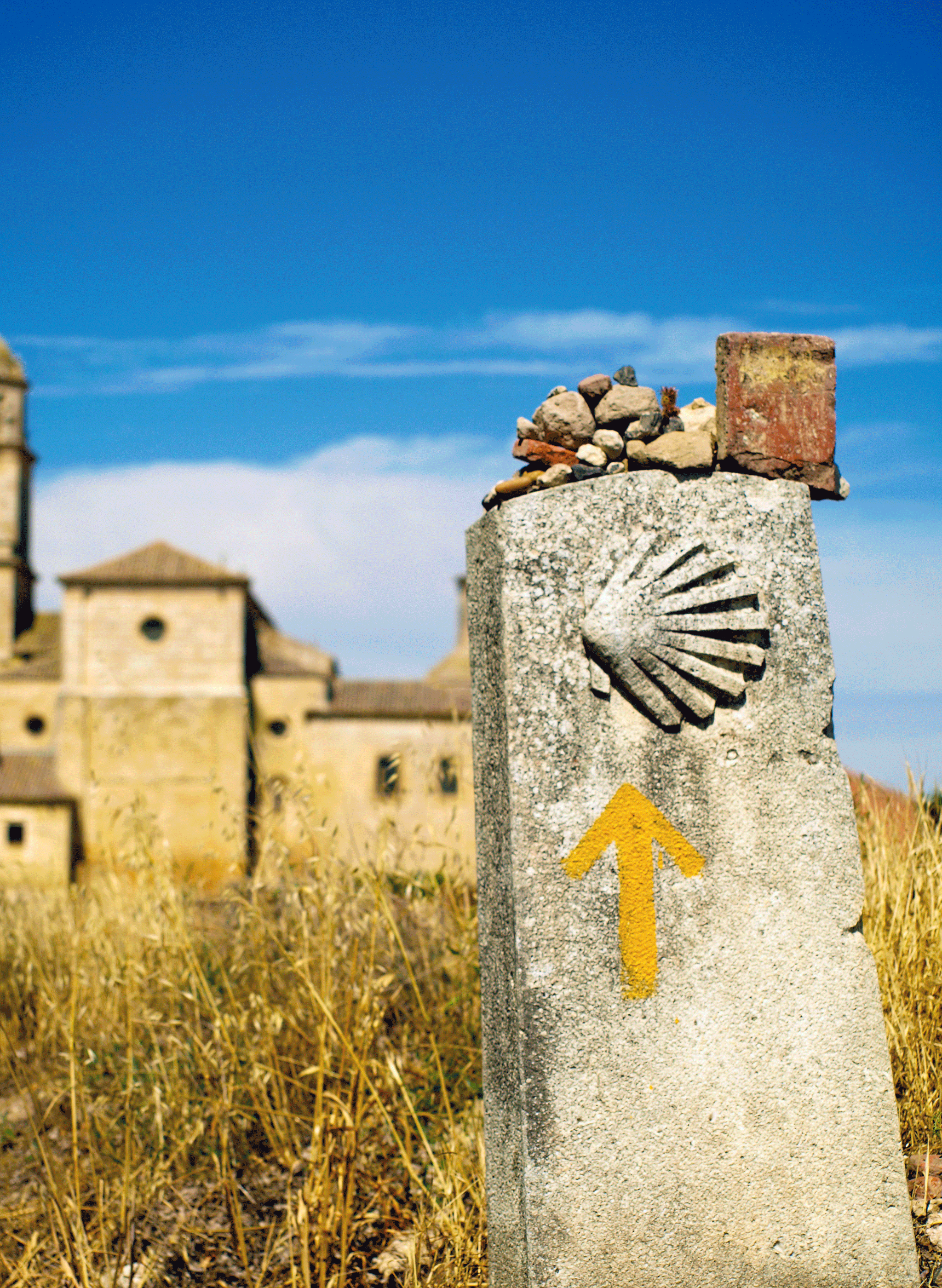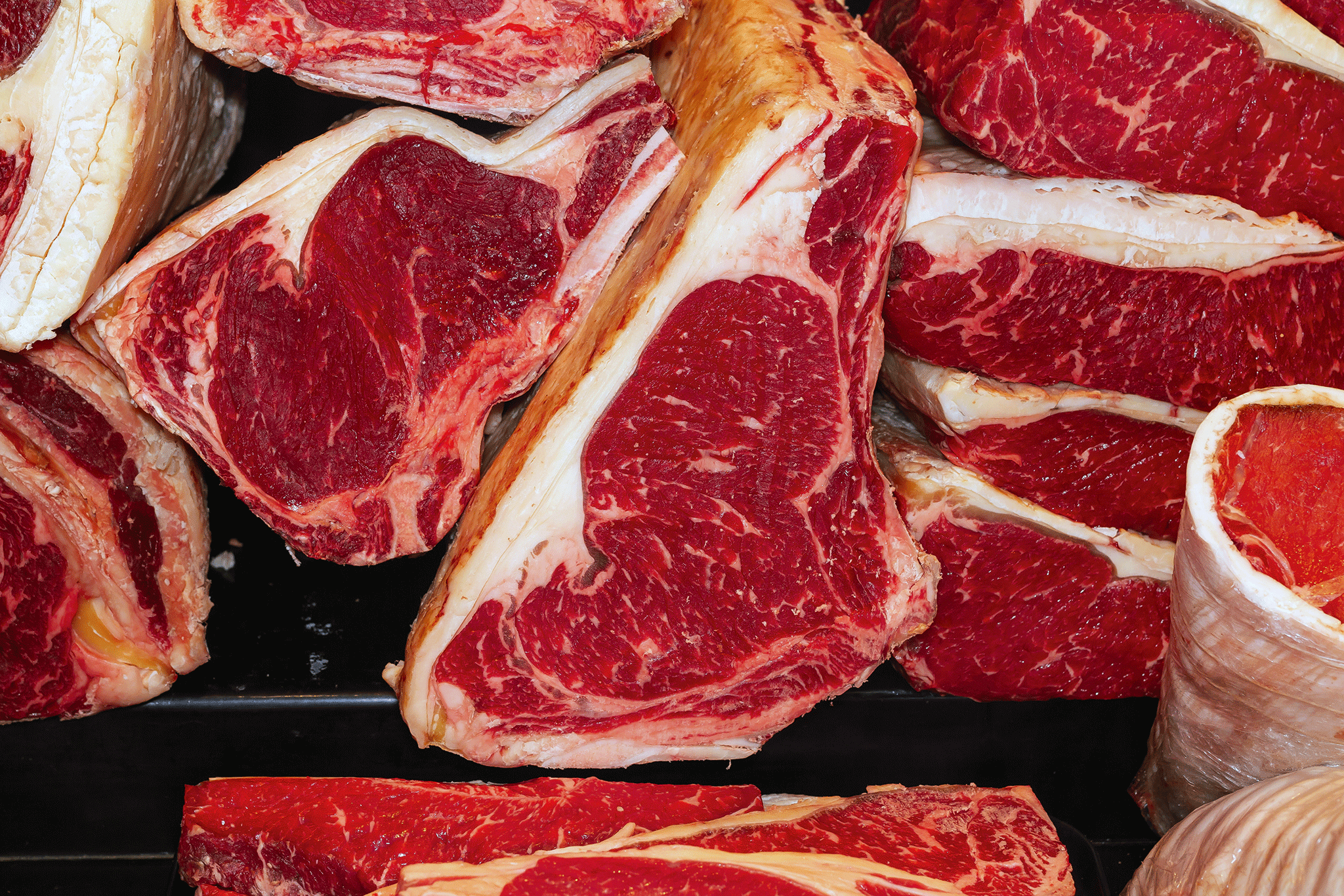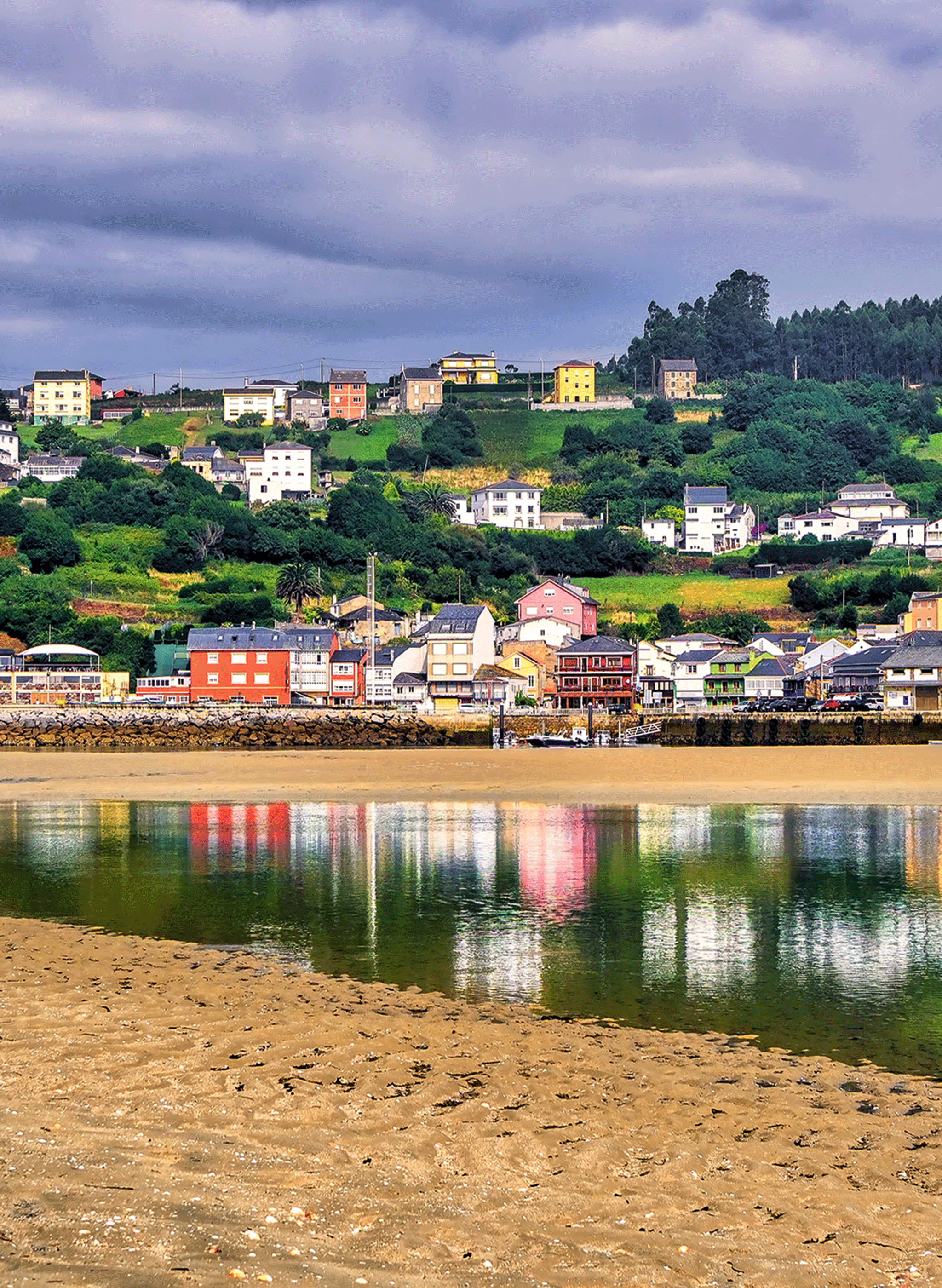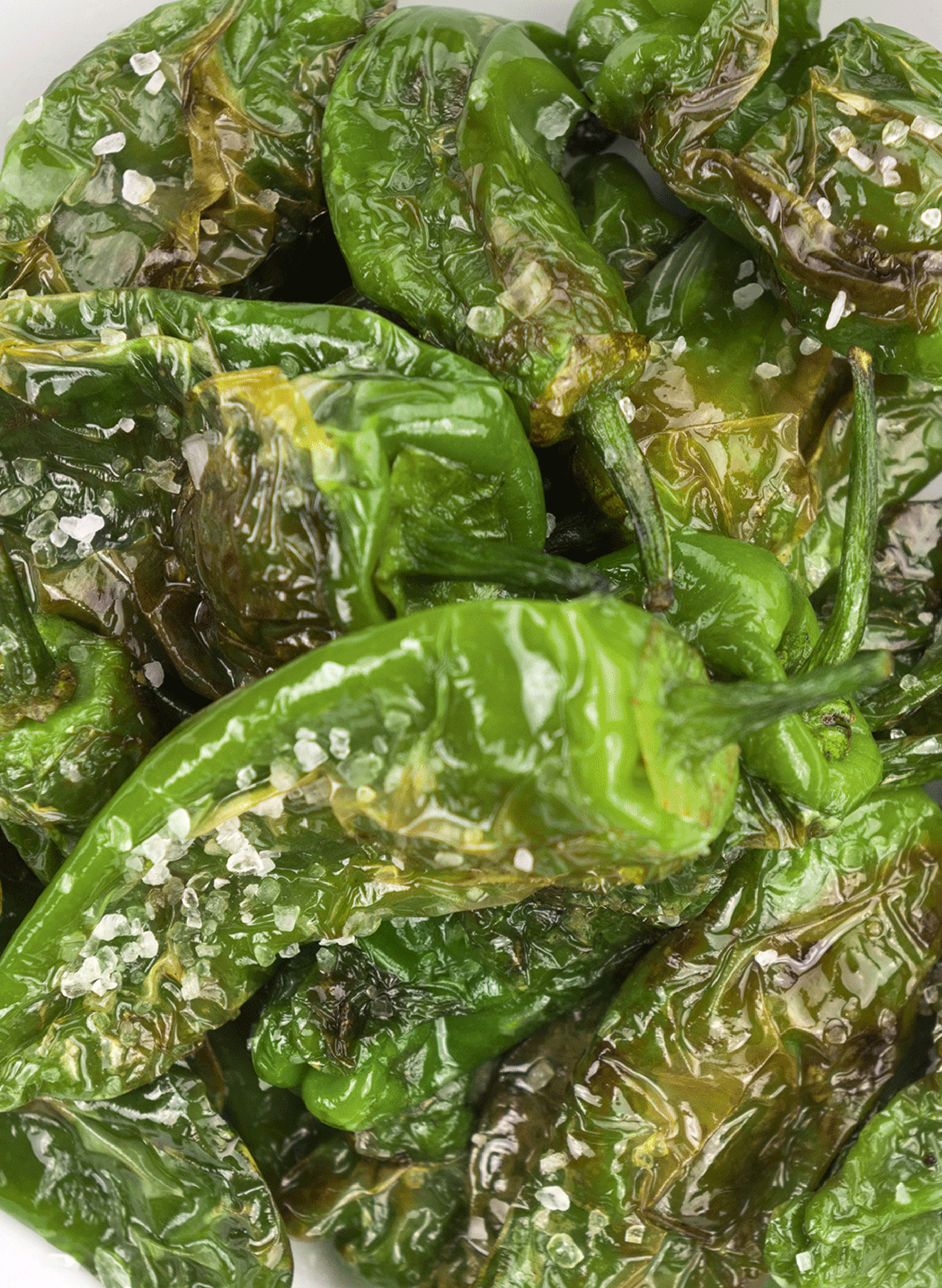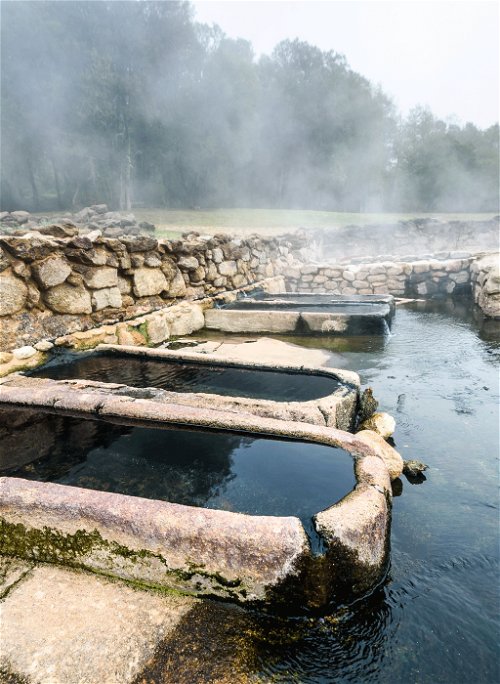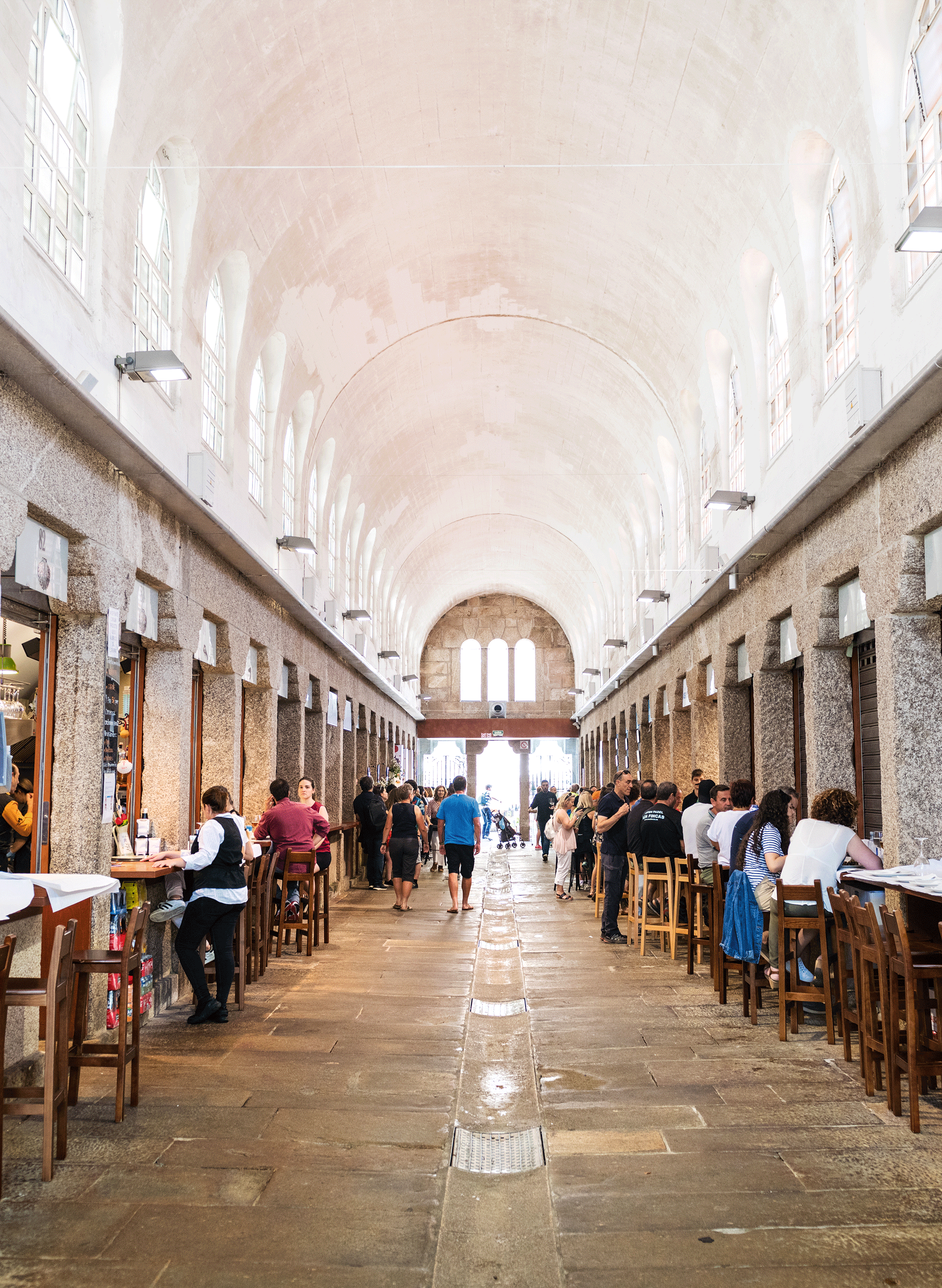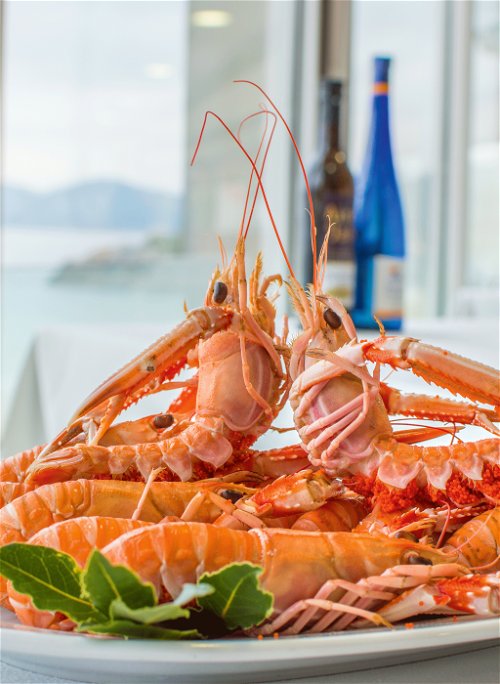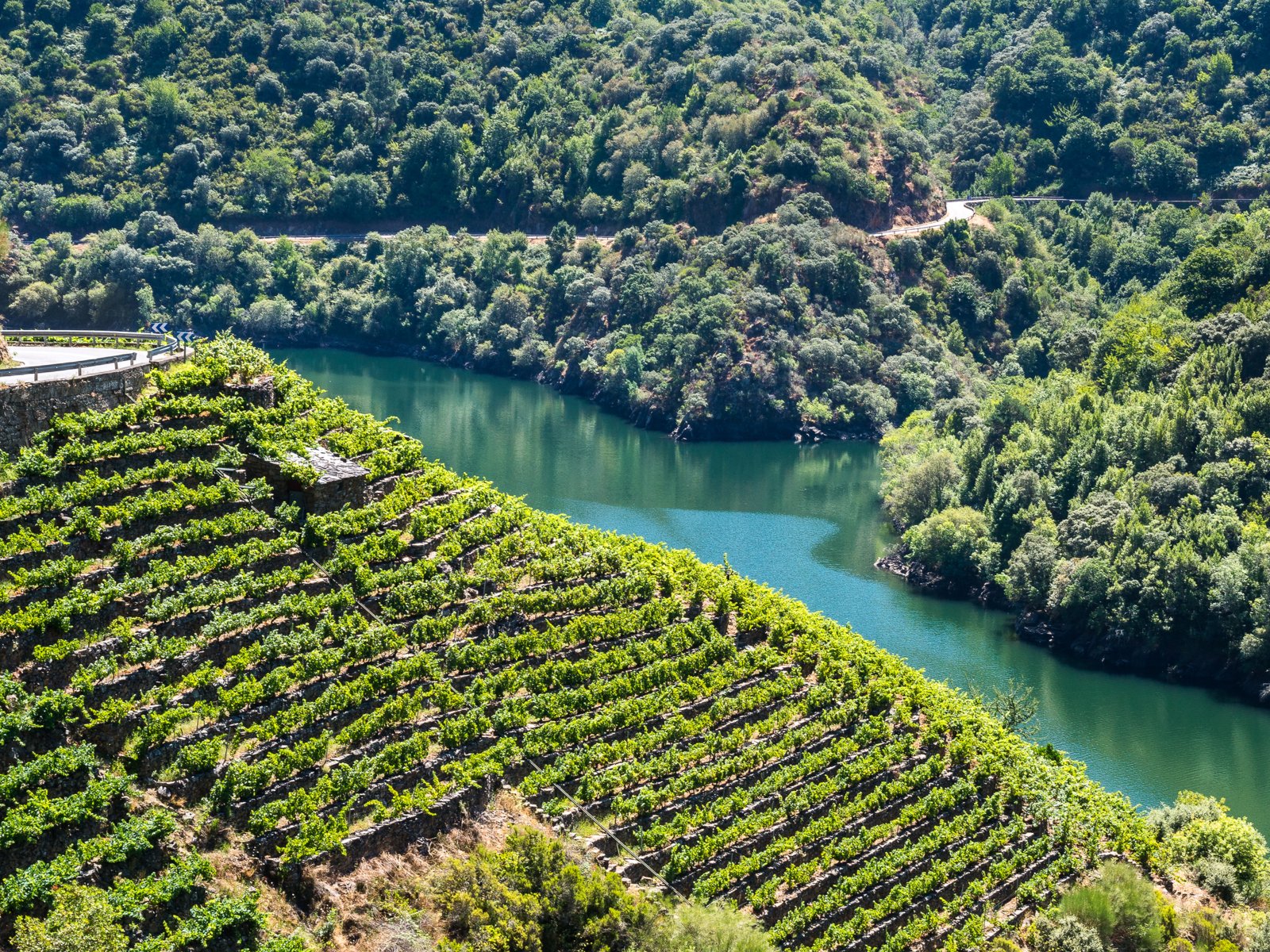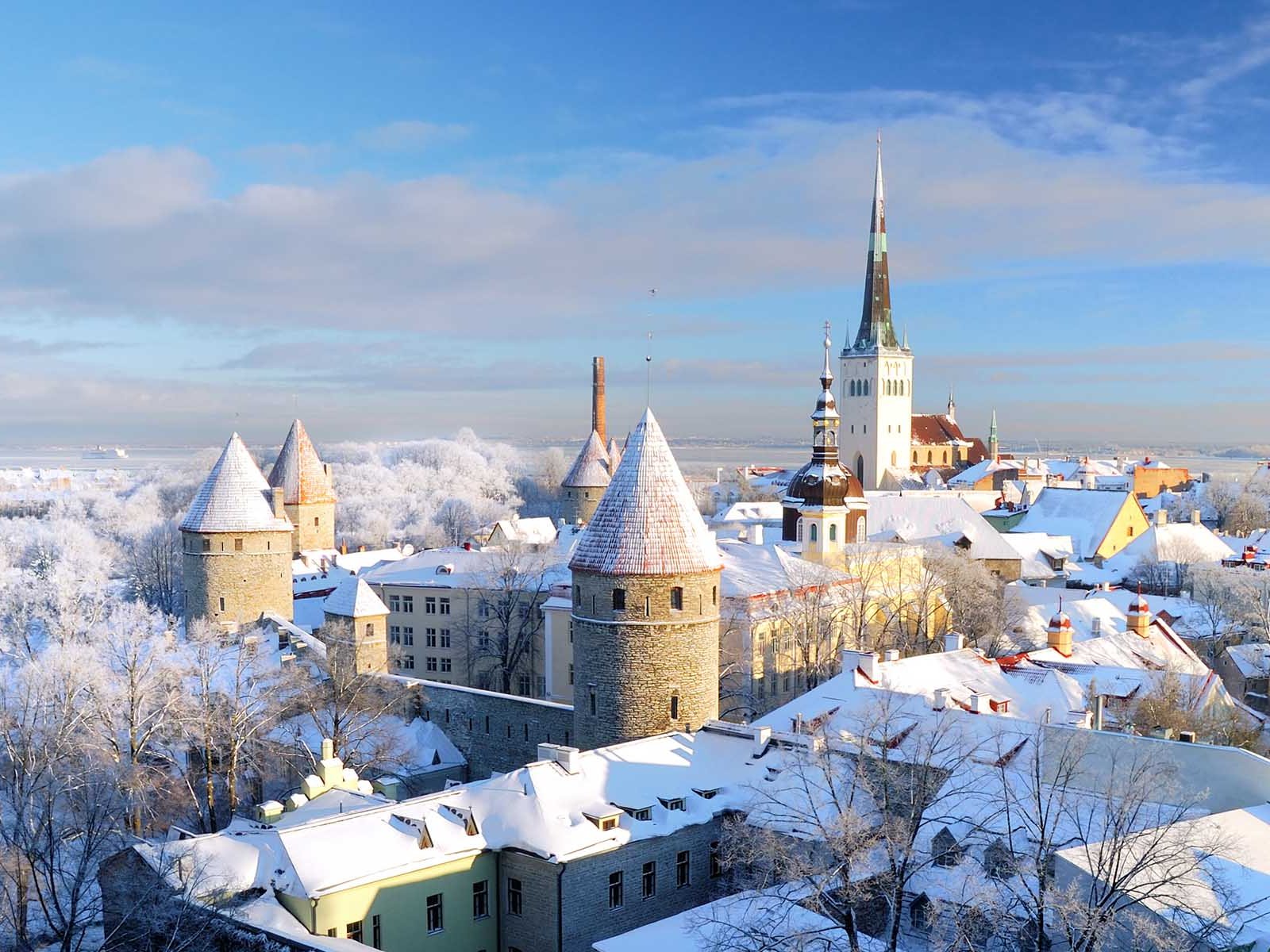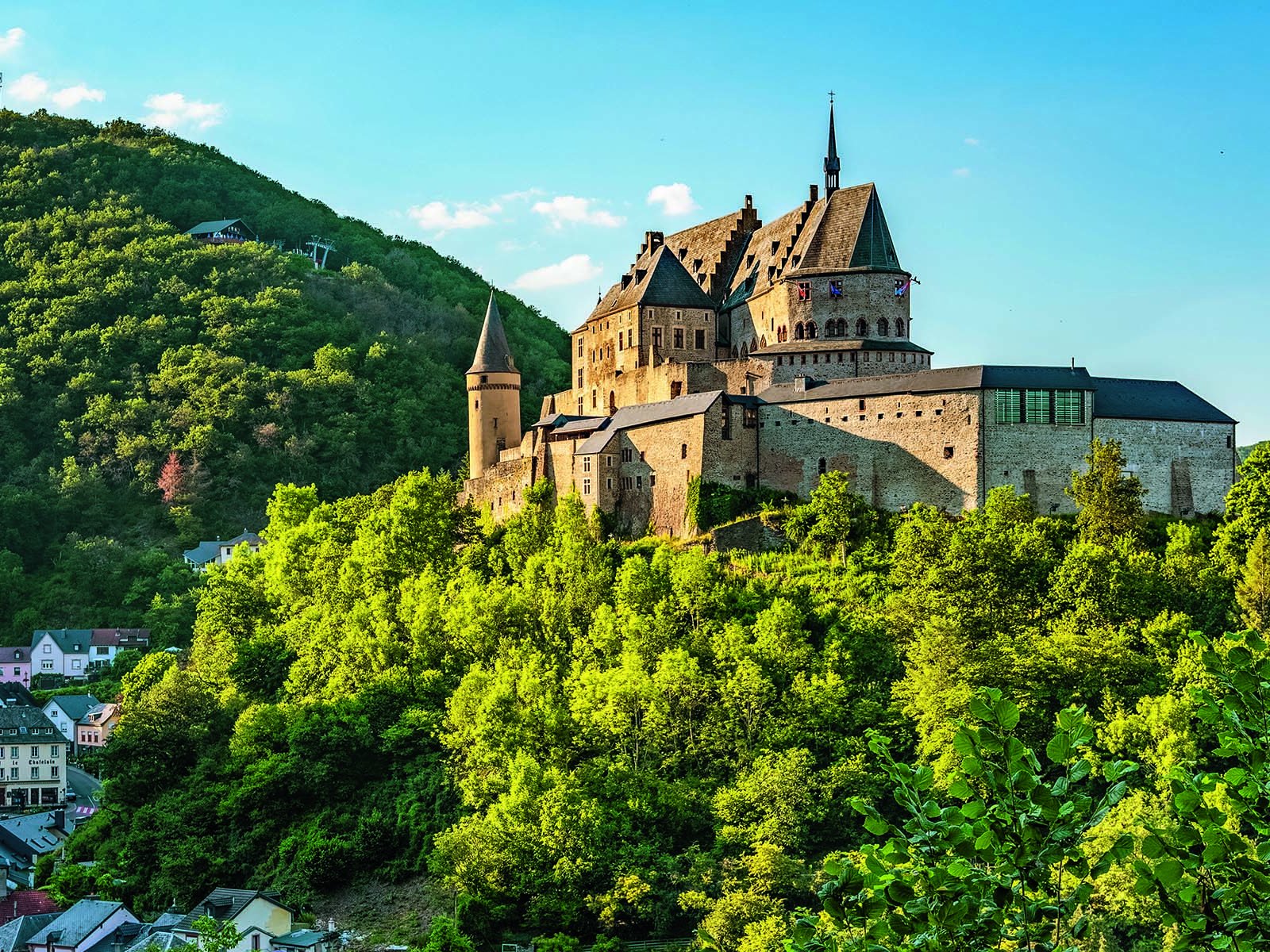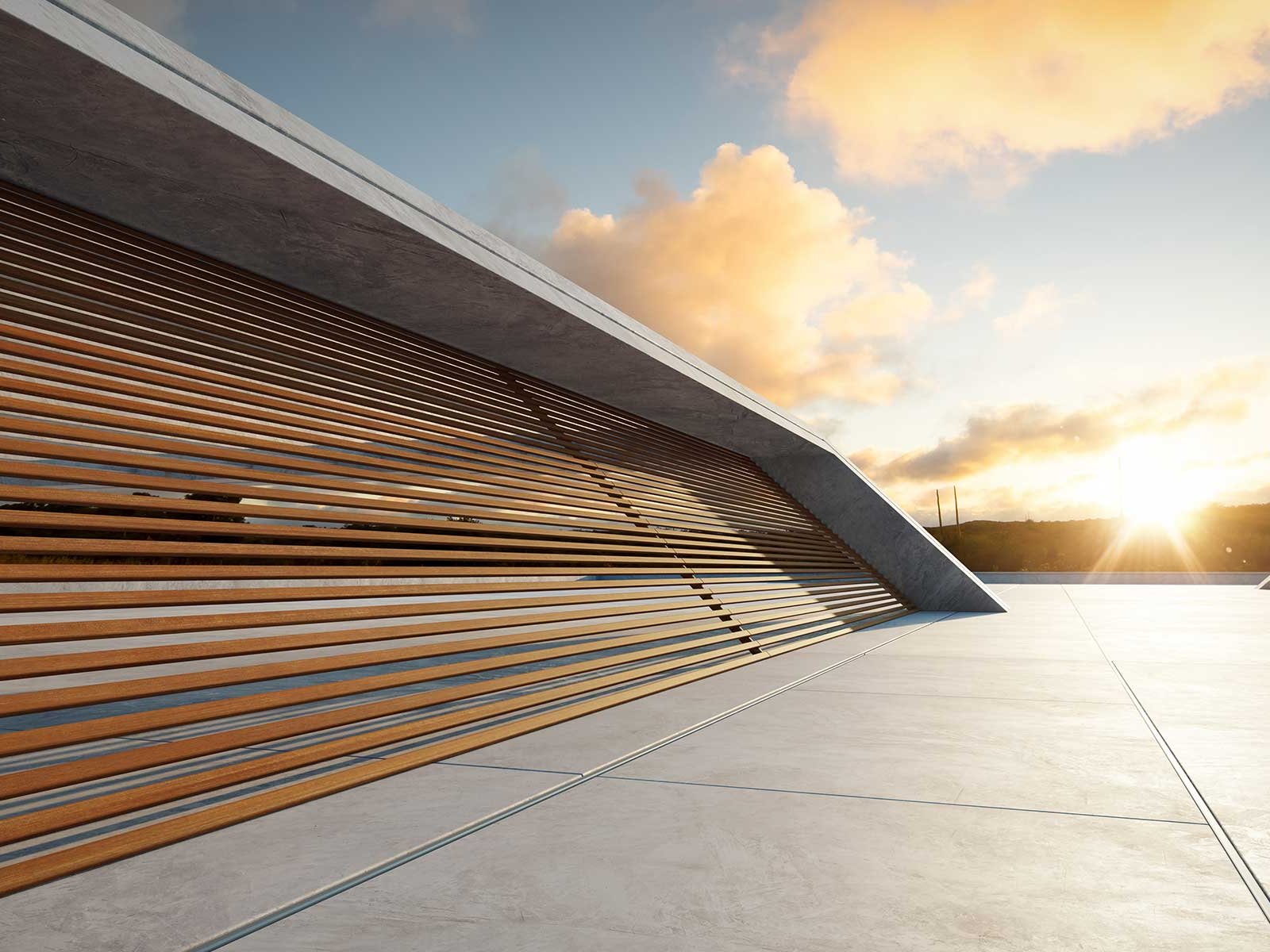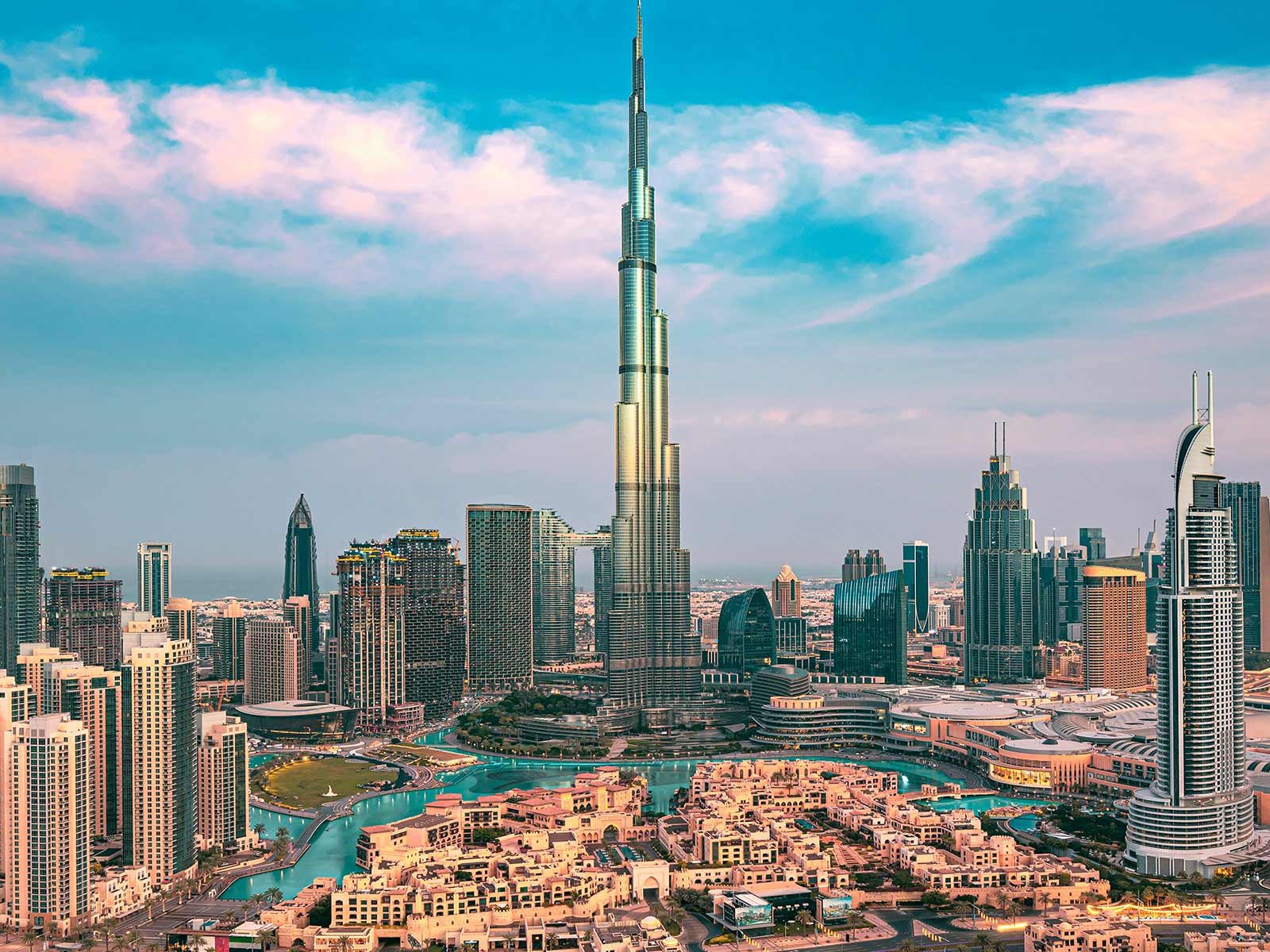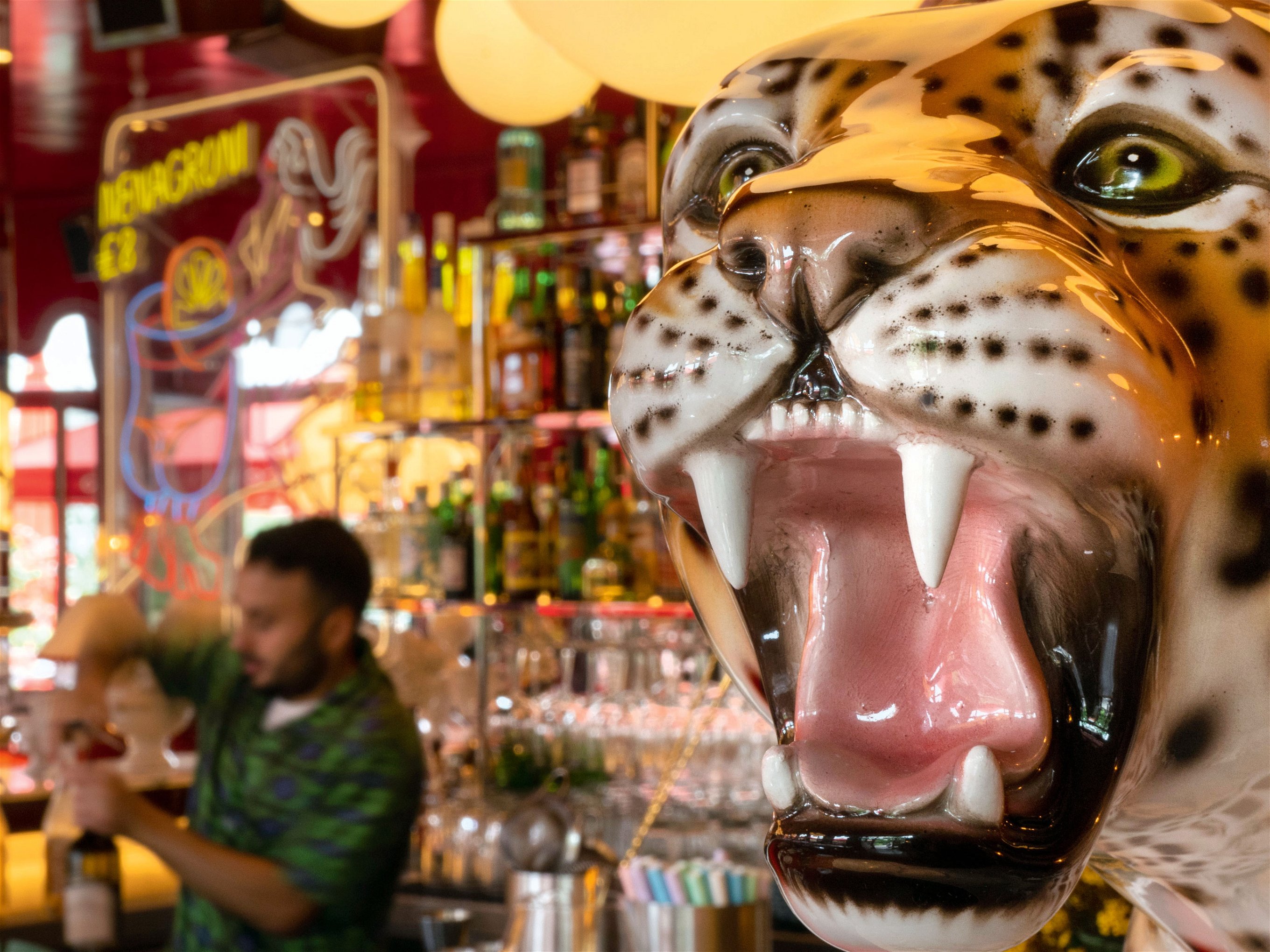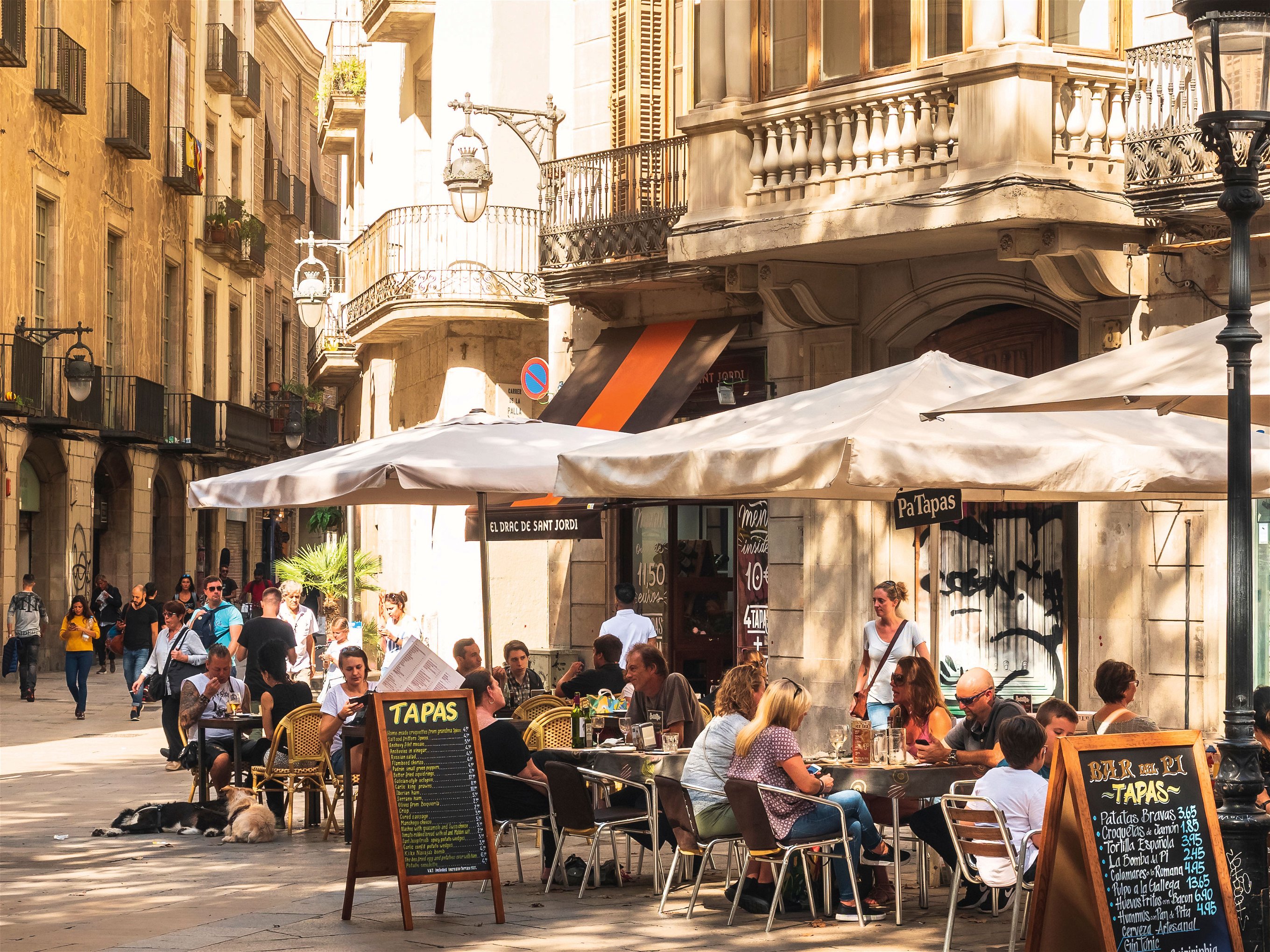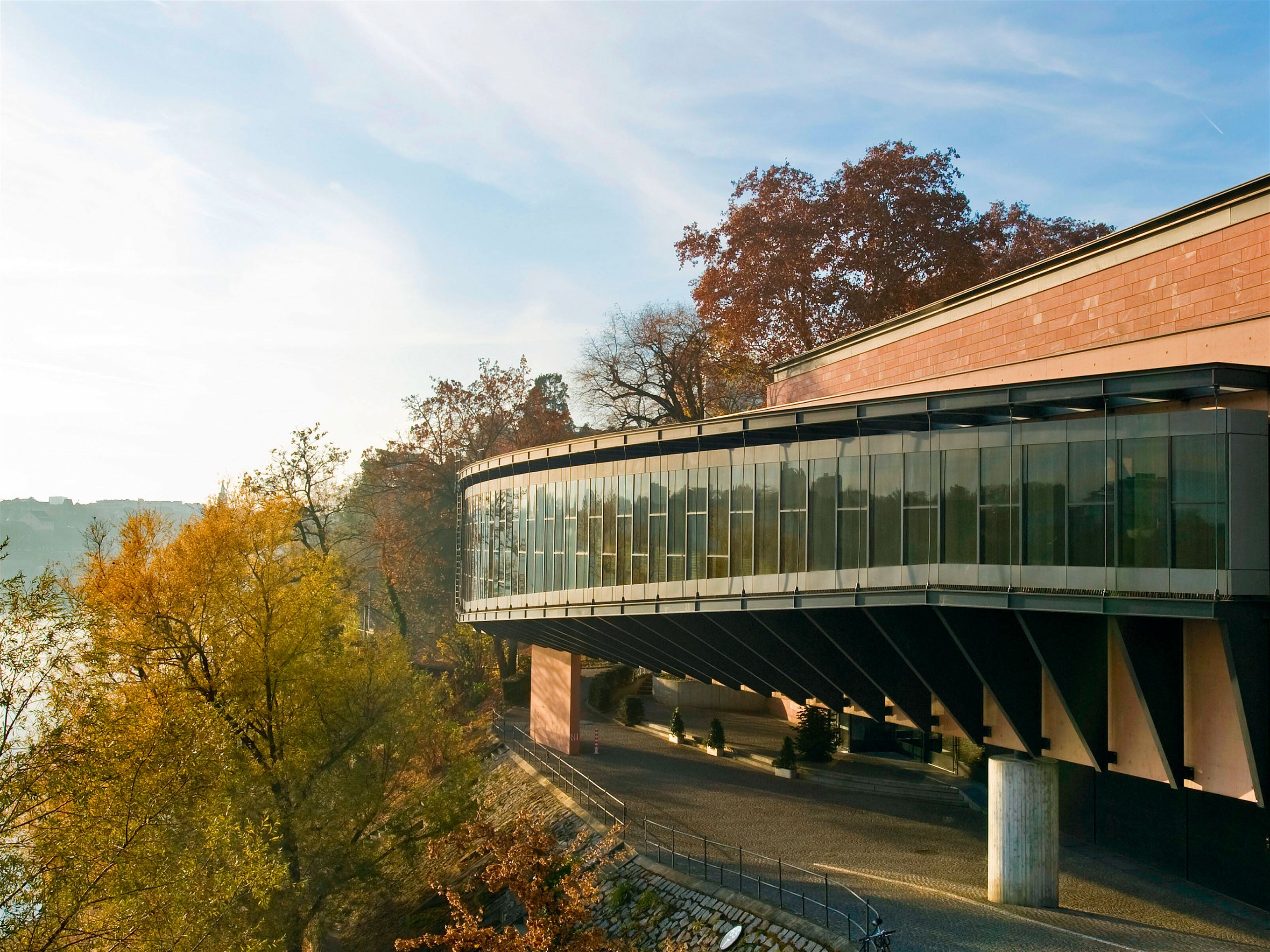Explore the green gourmet paradise of Galicia
Despite 1,600km of coastline offering up crabs, mussels and fish of breathtaking quality, Spain's most northwestern region still flies under the radar. Here's why gourmets should put Galicia on the menu.
Where the world once ended and the ocean begins, the waves crash against the cliffs with indomitable force. The territory of death-defying divers begins from Cape Finisterre, along the steep coast of death, where sharp-edged rocks lurk beneath the spray, invisible to sailors over many centuries who lost first their ships and then their lives in the Atlantic. From the cliffs, the percebeiros pick the delicacies of the sea, button-sized barnacles that later end up in the best restaurants in the country. Armed only with a kind of pickaxe, the divers sometimes jump from rubber dinghies which can manoeuvre right up to the rugged rocky coast; other times they shimmy down ropes into the roaring surf. Those who are successful with their harvest later sell their wares at markets, where connoisseurs pay up to €300 for a kilo. But sometimes the ocean strikes, taking those who have not been lucky and spits them out again hundreds of kilometres further east.
This is Galicia, the north-western corner of the Iberian peninsula, where the brute forces of nature collide. Wolves and bears live deep inland; in the sea, off the magnificent beaches, dolphins sometimes leap in what seems almost kitschy beauty – locals jokingly call the region "Galifornia". It is truly a seafood paradise and home to the old cows that, for many critics, provide the meat for the best steaks in the world. A region known abroad mainly to pilgrims on the Camino de Santiago, few stray here for holidays. Which is difficult to understand in light of the 1,600 kilometres of coastline and the unusually lovely landscape and pleasant climate.
Pleasantly cool climate
Galicia is a province of Spain that no one who is only interested in the Balearic Islands, Barcelona and the south will get to know. It does not make it easy for visitors: it rains frequently, even in the summer months. Even in August, the thermometer rarely shows more than 30 degrees Celsius. The nights are pleasantly cool: while it can be unbearable on the Mediterranean between May and September without air conditioning, you can sleep well up here in the northwest. The ocean also stays cold even at the height of summer, which benefits the quality of fish and seafood.
Due to its climate, the region's vegetation is rampant in spring, which is something you are not used to in Spain. Instead of ochre and beige, the eye wanders over lush green, and small rivulets run along the roads in many places until summer. It is rarely as humid as it is in Galicia. Which is why there are no sausage or ham specialities worth mentioning here, unlike in the Castilian highlands or in the south, for example. The climate is too humid for sausages to dry properly in the air. The pata negra legs in the bars of Santiago de Compostela or A Coruña come from Salamanca or Extremadura, where the indispensable oak forests are located. In Galicia, tall eucalyptus trees dominate, especially near the sea, similar to those in the neighbouring country to the south.
There are many similarities with the Portuguese. If only because of the language - the official language Galician is similar to Portuguese, mutual understanding is no problem. The Galicians also feel connected to the Celts, and indeed the landscape sometimes looks more like Ireland or the south of England. During carnival processions or town festivals (of which there are plenty) bagpipes are often mixed into the music, which could not be further from Andalusian flamenco and once again shows how diverse Spain is as a nation.
What Spaniards always agree on, despite all their differences, is their love of food. The old cows have already been mentioned briefly, the Galician breed Vaca Gallega is sold in the Basque Country and elsewhere under the brand Txogitxu at high prices as the best steak in the world. And this claim is not without substance, given the juicy entrecôte with a fat edge, which one can get for example in Asador O Carmelo near Santiago de Compostela. The small green pimientos, which have often been on the menus of trendy restaurants elsewhere for a good decade, come from the small town of Padrón – definitely try them and enjoy the great flavours.
But what blows away visitors seeking delicacies is the seafood in particular. Bays that penetrate deep inland have established the region's reputation for mariscos, or rías they are called in Spanish. The Rías Altas in the north and Rías Baixas a little further south are true treasure troves of mussels and oysters thanks to many sediments and nutrients.
Finest seafood everywhere
There are many creatures from the sea here, some of which you don't even realise exist, let alone that you can eat them. Edible crabs, bear crabs, large spider crabs, velvet crabs, razor clams, cockles and barnacles, then of course Norway lobster, prawns and lobsters – what is served here is truly splendid. And it tastes good! You don't have to visit starred restaurants to satisfy the highest culinary demands. You can get a top-quality mariscada in many restaurants. For example, in Loureiro in the village of Bueu, a somewhat outdated restaurant right on the water. Freshest Norway lobster is just the start - don't forget to suck out the heads to get to the dark meat, which connoisseurs consider the most aromatic and delicious part. But the star is the nécora, a velvet crab served alone on the plate. Cooked only in boiling water, nothing else, pure sea! And yet it tastes so fresh with its juicy-sweet meat that you want to keep eating.
Last but not least, there is pulpo. They eat so much octopus here that the local dish has become the standard throughout the country: Pulpo a la Gallega, octopus Galician style, is a cooked octopus, cut into pieces and drizzled with a little olive oil, seasoned only with coarse salt and, if it comes up, some paprika powder. At the market of Santiago de Compostela, the Mercado de Abastos, the best thing to do is to pick out a nice specimen fresh from the stall and go one hall further to one of the small eateries that, for a handout of €5, will freshly prepare any goods you bring with you.
It goes perfectly with a glass of Albariño, one of Spain's most exciting white wine varieties, which comes from here. It benefits from the climate, with its cool nights and not-too-hot days. In addition, it grows right by the sea and the best examples have a saltiness that makes it unique. Representative of the best wines of the region is the small Albamar winery of winemaker Xurxo Alba. A glass of his single-varietal Albamar 2018 is a delicious, complex pleasure.
A nature paradise
The winery is located in the small fishing village of Cambados, where Michelin-starred chef Yayo Daporta also runs his restaurant of the same name and offers a menu that comes solely from the ocean. However, probably even better gourmet cuisine is to be found in the double-starred Culler de Pau at Javier Olleros. Many starred restaurants are clustered around Pontevedra, one of the most beautiful towns in the region, which is unjustly overshadowed by Santiago de Compostela. Nevertheless, one should not make the mistake of staying only on the west side by the sea.
Nova is an excellent restaurant located a little further inland, in Ourense. Here, there are three menus that show how far Galician culinary art stretches. Ourense itself is famous for its natural thermal springs, some of which can be used free of charge. From there, it is not far to the Ribeira Sacra, a wine-growing region with some outstanding red wines from the Mencía grape, which is also an incredibly beautiful natural paradise. The mountains drop like a canyon to the river Sil, which crosses the area. This is something every visitor to Galicia should do: look down on the Sil from the hillside, let your gaze wander and enjoy the silence. It makes you feel very small, and it feels very beautiful.
Hotels
Hotel Palacio del Carmen *****
Comfortable and lovingly furnished hotel in a former monastery. It takes about a quarter of an hour to walk to the city centre. Double rooms from approx. €220.
Rúa das Oblatas, s/n, 15703 Santiago de Compostela
T: +34 981 552444, marriott.com
Novavila Design Wine Hotel *****
Tucked away inland, this child-free hotel is the perfect retreat for relaxing days. Here you can treat yourself with special cosmetics made from grapes. Double rooms from approx. €175, minimum two nights.
36637 Meis, Pontevedra
T: +34 609 111023, novavilariasbaixas.com
Gandarela Turismo Rural
Tasteful, restored small country hotel, close to nature, situated directly on the river near Ourense. Double room from approx. €80.
Puga 1, 32459 Toén
T: +34 667 727249, gandarela.es
Restaurants
Restaurante Loureiro
Don't be deceived by the relatively plain exterior of this hotel restaurant. The quality of the food, especially the mariscada, is first class.
Avenida Loureiro 13, 36939 Bueu
T: +34 986 320719, restauranteloureiro.es
Culler de Pau**
Arguably the best restaurant in Galicia is located on the beautiful O Grove peninsula. With a view of the sea, you can enjoy the highly refined version of traditional Galician cuisine, prepared by Javier Olleros.
Calle Reboredo 73, 36980 O Grove
T: +34 986 732275, cullerdepau.com
Asador O Carmelo
The meat in this excellent grill restaurant about ten minutes south of Santiago de Compostela comes from their own herds.
Trva. Casalonga 6, 15866 Calo (Teo)
T: +34 981 539045, asadorocarmelo.es
Abastos 2.0
Located at the Mercado de Abasto, this restaurant offers an upscale alternative to the (also very good) bars right in the market. The selection of excellent seafood specialities is complemented by a good wine list.
Praza de Abastos, Rúa das Ameas, 13–18
15703 Santiago de Compostela
T: +34 981 576145, abastosdouspuntocero.com
A Viaxe
The ingredients of Galicia come together with Peruvian recipes and techniques (ceviche, etc.) The fish-heavy menu is also cosmopolitan in other ways.
Praza do Matadoiro 3
15704 Santiago de Compostela
T: +34 662 618862, aviaxe.es
Tapas Bars
Detapaencepa
Over two floors, you get refined tapas and small dishes along with a formidable wine list. The fillet of beef with foie gras and PX sherry is not to be missed.
R. do Ecuador 18, 36203 Vigo
T: +34 986 473757, detapaencepa.com
Sybaris 2.0
This is the ideal place to immerse yourself in the world of Galician wine. Especially as the wines are accompanied by excellent, well-made tapas and other dishes.
Rúa Cardenal Quiroga, 22, 32003 Ourense
T: +34 988 107162, vinotecasybaris.es
Café Vanessa
Long-established bar with typical Galician tapas. Tip: Try the toast with pickled sardines and smoked San Simón cheese.
Est. de Catabois 365, 15405 Ferrol
T: +34 981 372402
Casa Marcelo*
A tapas bar with a Michelin star. Marcelo Tejedor has been pursuing this concept for years with great success. For his small creations, he also weaves in elements of Japanese cuisine.
Rúa das Hortas 1, 15705 Santiago de Compostela
T: +34 981 558580, casamarcelo.net
